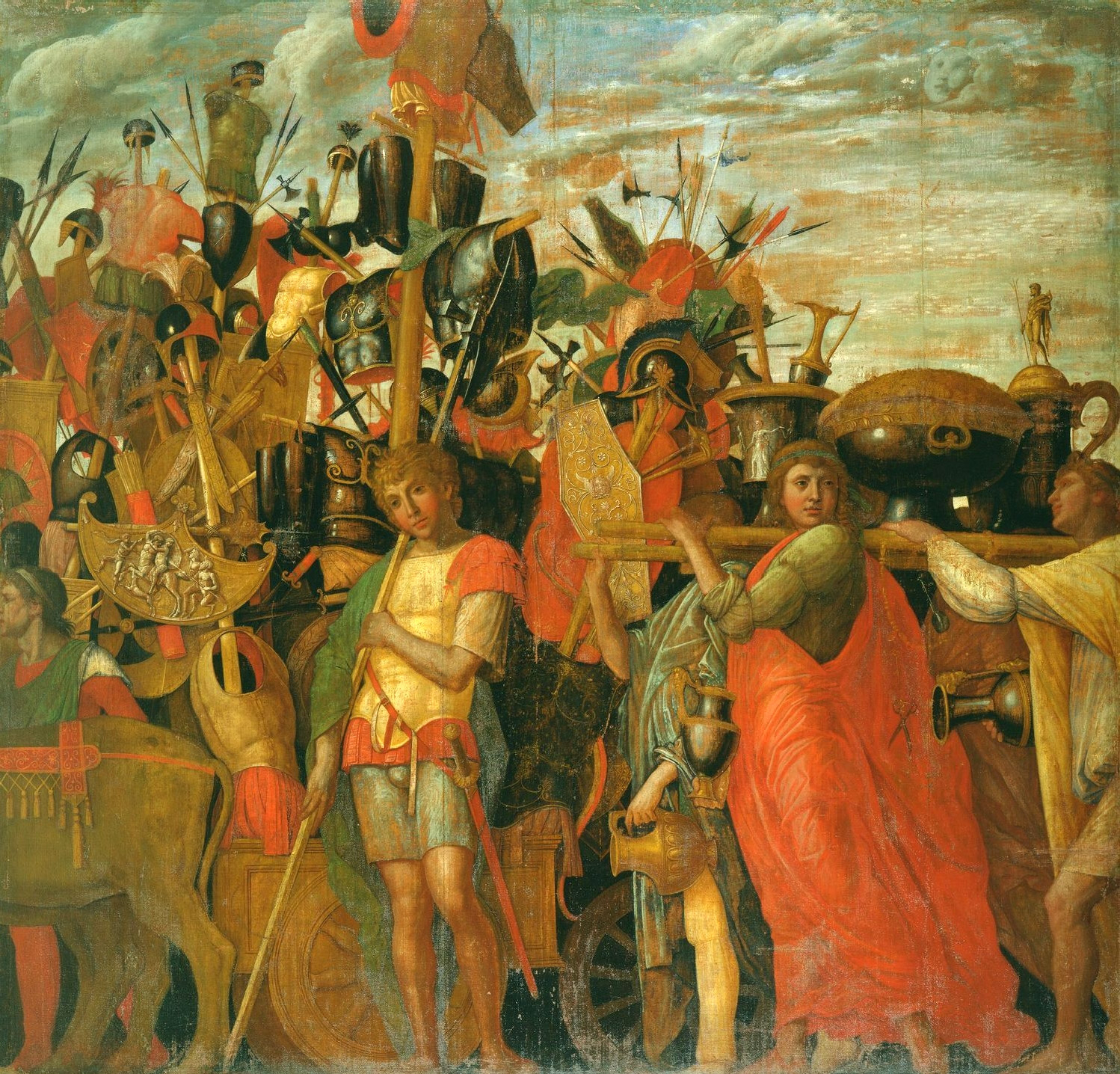Fact and Opinion
This month, I went to the Almeida theatre with my friend, Peter Olive, to see one of Tennessee William’s first plays Summer and Smoke – it apparently didn’t have a good production on its debut but Williams, the genius, knew it was great. It was the best thing I’ve ever seen in theatre. The actress called Patsy Ferran, four years out of drama school: what she said, the way she said it, what she did, and the way she did it. All those things were in conflict, the irony was that in this way she bared her soul – it was so real, true. She had half the dialogue and there was a lot, more than all the characters put together. I’ve never been so gripped. When I got home, I couldn’t do anything but think of her until midday the next day. I had this woman completely in my heart.
I enjoyed it so much because it was theatre, and I’d only seen his films. The Almeida was the perfect closeness. The Director – set, everything, so good – used the theatrical device, as used in Greek Tragedy, the characters when talking to each other spoke to the audience.
The other thing I did this month was visit the RA three times to see Charles I, King and Collector. On the second visit, I discovered something, which I should have known all along: a tip – I’ve been saying it for years. When you go to look at art remember, that a human is the only animal which can represent the world through art. The Greek word for art is Imitation, art is not real. We understand the world by signs and abstractions, we’re part of the flux, we need to make the world stand still by abstracting from it by signs, words, gestures, numbers etc.. And just as an architect needs to make a model before he builds St Peters Cathedral, we need to get an overview first, by imitating the world in order to understand it.
Therefore, looking at a self-portrait of Rubens, you will ask yourself: does that imitation say everything about him? Is it him more than if you’d ever known him all your life? Yes, it is, he’s got it all in one – himself and what it was like to be him living in his world. Remember what I used to tell my fashion students in Berlin when I sent them to the gallery: imagine if the fire alarm went, what picture would you choose from the room? Which painting is a vision of the world as seen by the artist when he painted it; if you were to paint the same painting six months later the vision would be different. Moving through, it is shocking to see how differently each painter works.
When I looked at the famous, mindboggling reality of the Triumphs of Caesar by Mantegna, about 20 panels totally filling one room; the plethora of life overwhelmed me so much because I had just come from looking at a mythological, two and a half meter painting by Rubens, where the gods and satyrs, on top of each other, crowding the painting, were painted each with equal clarity. In contrast to Mantegna’s where the impression was, as in life, where some characters stand out more than others, and where you hardly notice the background, even though it’s done in full detail. Did he get it? Yes, he did, it was an original vision. Remember that great art is perfect, there is no progress in art.

Triumph of Caesar, Bearers of Trophies and Bullion – Andrea Mantegna



Thanks for this post, Vivienne! I saw Summer and Smoke over twenty years ago in NYC and was also blown away by it. I love Tennessee Williams and his ability to get inside people and expose their vulnerability. Glad you enjoyed the production, and also the art exhibit at the RA.
Best,
Jeffrey
Comment by Jeffrey Jordan on 24/04/2018 at 7:10 pm